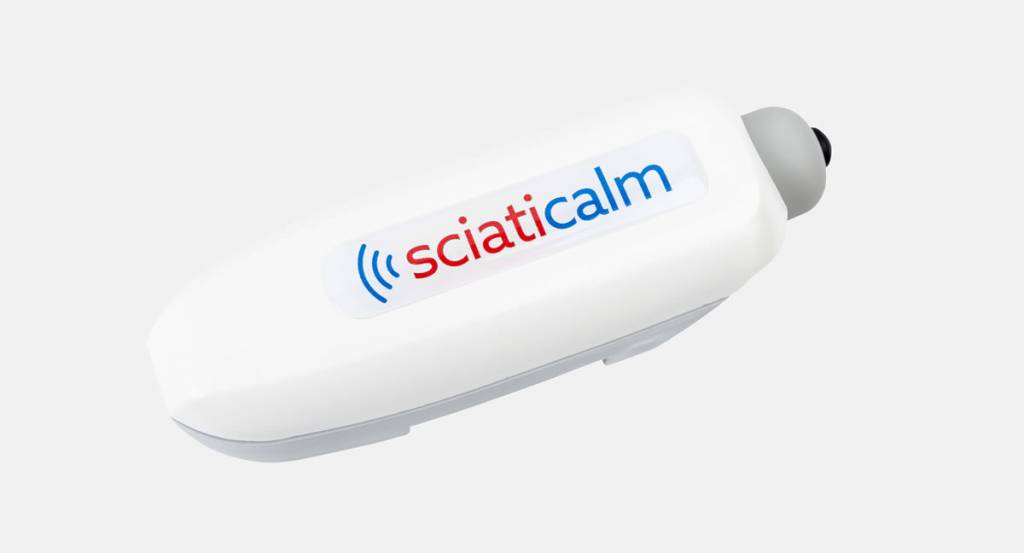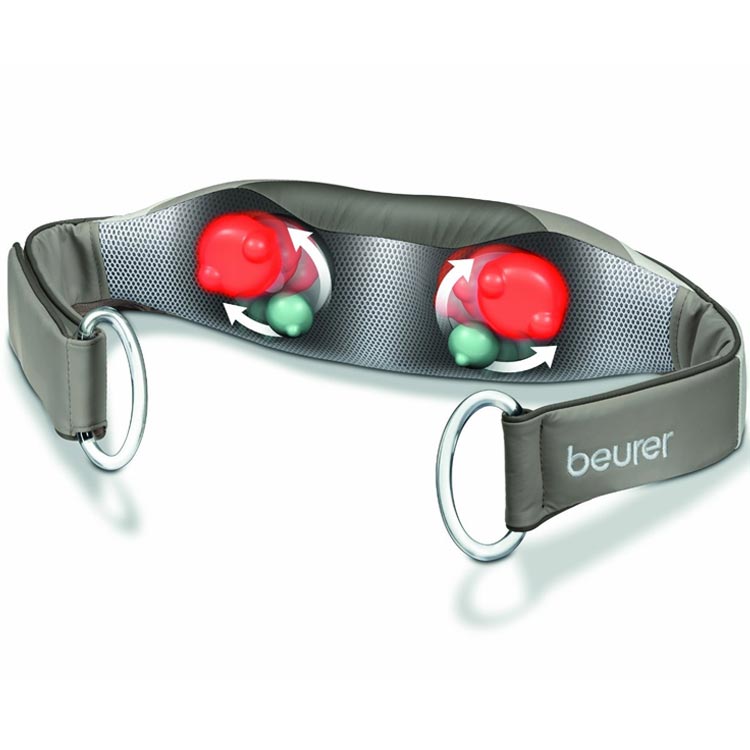Millions of office workers have switched to home working, due to Coronavirus restrictions. More than half say their quality of life has improved as a result, but cutting out your commute can mean moving less and sitting for longer periods.
If your work space isn’t set up well, causing you to hunch over your laptop or twist your neck, this can lead back pain and neck pain.
With this in mind, we’ve found some expert advice and pain relief devices to help you ease back pain at home…
Click here to order the latest issue of Top Sante!
With physios, massage therapists and other professional pain relief providers still in lockdown, treatment for back pain, neck pain, shoulder aches and leg soreness is proving tricky.
Chronic pain affects about 43 per cent of the UK population according to researchers from Imperial College London. But long-term use of prescription painkillers is widely acknowledged as bad for health. So what are the alternatives for effective, no-pills pain relief?
How can I reduce back pain at home?
One thing you can do is to use pain-soothing device at home.. These devices are becoming more popular: the global pain management device market was valued at around £3,255 million in 2018, and projected to reach £5,492 million by 2026, according to alliedmarketresearch.com.
These devices are hand-held or wearable technology that massage and soothe soft tissue with vibrations, heat or electrical pulses. This means you can zap away post-workout pains or chronic muscle tension from the comfort of your home.
What is an effective home pain relief device?
Dr Jason Wersland, a chiropractor and founder of tech-wellness company Therabody, designed his range of hand-held percussive therapy devices following a motorcycle accident that left him in chronic pain.
Unable to find a device to give deep muscle pain relief, he created Theragun. It reduces muscle tension, increases mobility and range of motion and increases blood flow to the area to reduce soreness, tightness and pain. It can also assist with accelerating the repair and growth of tissues.
 What is percussive therapy?
What is percussive therapy?
As a percussive massager, Theragun supplies deeply penetrating pressure directly into the area you want to treat.
Dr Wersland explains: ‘The up-and-down motion Theragun makes is called a percussive motion. It’s this motion, along with the calibrated frequency and amplitude, moving on and off the body, which has a beneficial effect on nerves and tissues. Most body aches are caused by muscle tension, and Theragun helps release that tension, which can improve mobility and alleviate the aches and pains.’
How do you use a percussive massager?
You can use the device all over your body, for example, to treat carpal tunnel pain in your hands, on your lower back for back pain, shoulder, neck, arms, legs, glutes and feet. You’ll find videos on how to treat each of these areas online (theragun.com).
(Don’t use Theragun on open wounds, on a recent surgery site or on your head. Avoid if you have a pacemaker and don’t use on your abdomen or back during pregnancy).
‘Our fourth-generation devices massage your muscles 60 per cent more deeply than consumer-grade vibration massagers, and are quieter thanks to the new QuietForce technology,’ says Dr Wersland.

Track your progress with an app for your Theragun
A new innovation is the Therabody app, which is like a personal guide on how to use your device with the correct speed, grip, attachment and timings on different body areas.
‘This means you can pair your new-model Theragun with the Therabody app to deliver customised treatment. You’ll receive real-time feedback on the force applied, and step-by-step instructions so you use the correct grip and move it around properly,’ says Dr Wersland.
5 pain-relief devices

1. The Theragun Prime (£275 from theragun.com/uk). is a new generation smart percussive therapy device, which is powerful and effective. It gives deep muscle treatment with a quieter motor and 120 minutes of battery life. Pair it with the app for personalised recovery suggestions.
 Mini device to soothe pain
Mini device to soothe pain
2. The Theragun Mini, £175, is the latest model that’s small and light, making it portable. It has three speeds, 150 minutes of battery life, an ergonomic grip and near-silent motor.
“My husband has been using this on himself for his back pain and with his personal training clients to ease their pain. One told him is worked instantly in reducing tightness in her back. It’s a lot smaller than previous models and easier to hold if you have small hands like I do,” said Katy Sunnassee, Top Santé’s editor.

Ease sciatic back pain
3. Sciatica starts in the lower back and radiates pins and needles pain down the leg. It is caused by the compression of the sciatic nerve and it can be an agonising condition.. The SciatiCalm device was designed by UK orthopaedic surgeons. It applies high-frequency pulses into the sciatic nerve to disrupt pain signals. It slides onto a belt that you can wear around your waist. From £39.95 at sciaticalm.com
 4. The Beurer MG55 Tapping Massager with Infrared Light Therapy (£54.99 from stressnomore.co.uk) is a hand-held massager with infrared light therapy. It helps to increase circulation, reduce inflammation and promote healing. The heat from the infrared light soothes inflamed areas, with adjustable intensity settings.
4. The Beurer MG55 Tapping Massager with Infrared Light Therapy (£54.99 from stressnomore.co.uk) is a hand-held massager with infrared light therapy. It helps to increase circulation, reduce inflammation and promote healing. The heat from the infrared light soothes inflamed areas, with adjustable intensity settings.
 5. Treat yourself to a deep and soothing Shiatsu massage across the shoulders, neck and back with the Beurer MG148 Shiatsu Massage Belt. Described as an ‘intensely vigorous, kneading, rubbing and tapping’ massage. Pull the belt tighter for a more intense experience. Costs £72.99 from stressnomore.co.uk
5. Treat yourself to a deep and soothing Shiatsu massage across the shoulders, neck and back with the Beurer MG148 Shiatsu Massage Belt. Described as an ‘intensely vigorous, kneading, rubbing and tapping’ massage. Pull the belt tighter for a more intense experience. Costs £72.99 from stressnomore.co.uk








